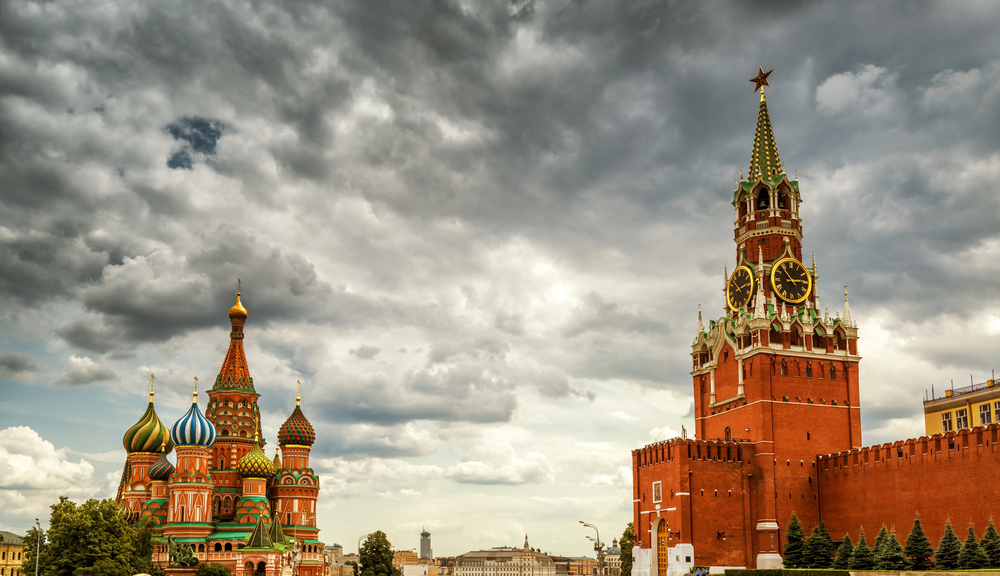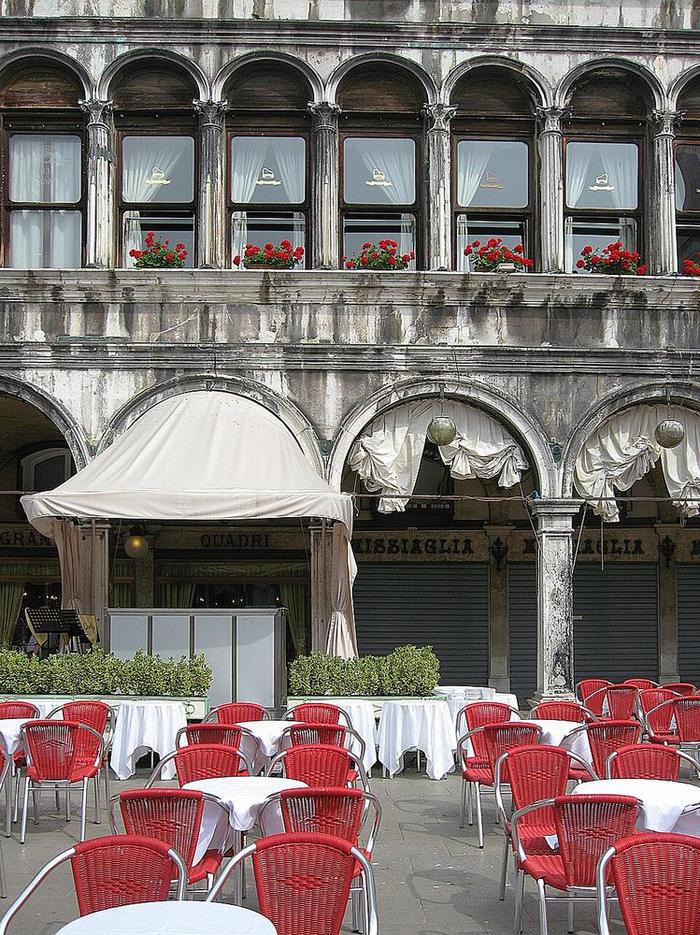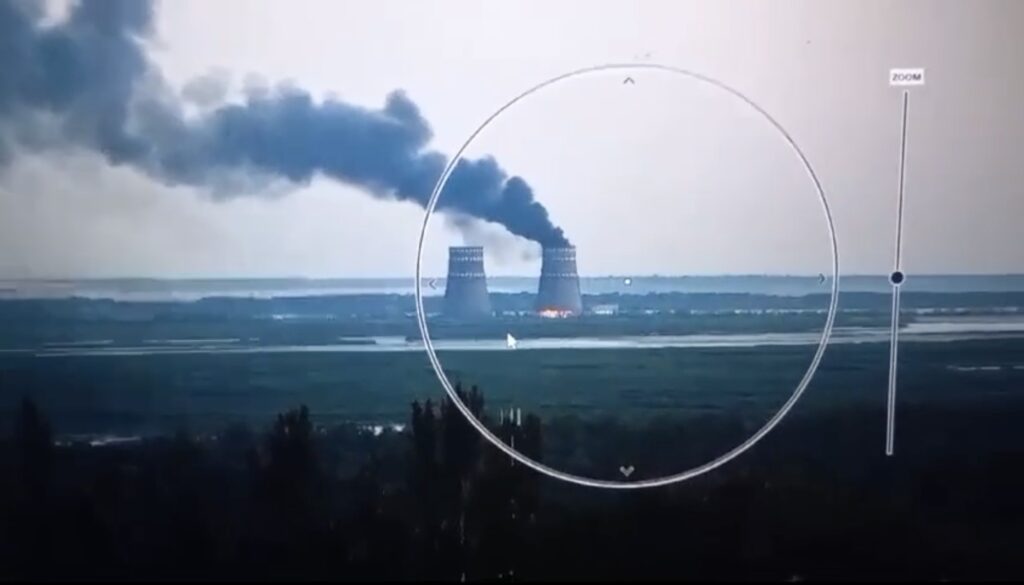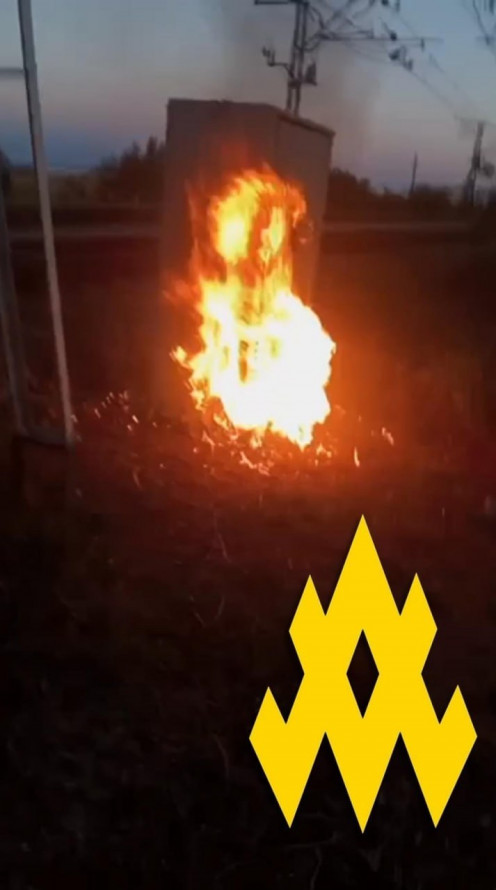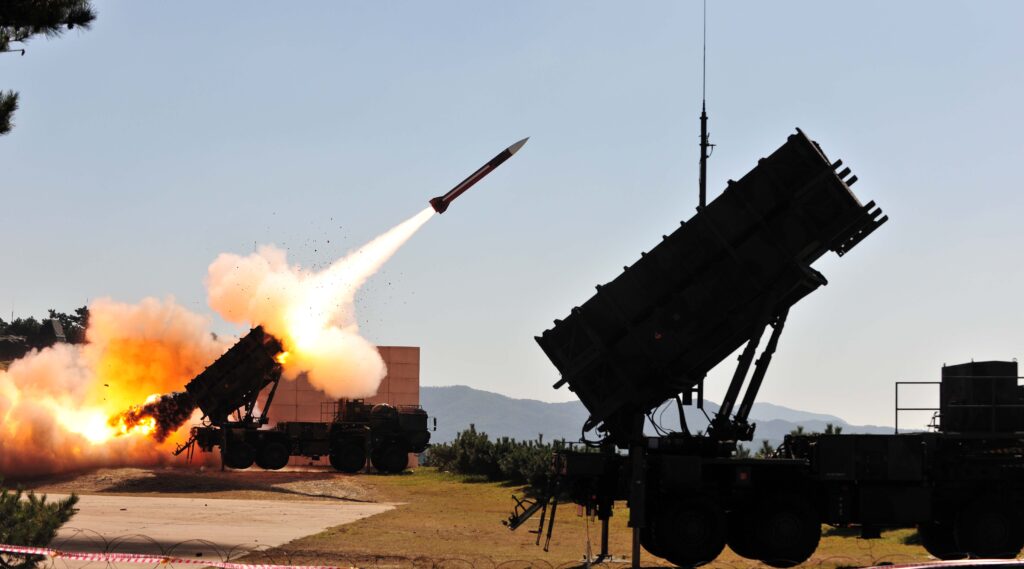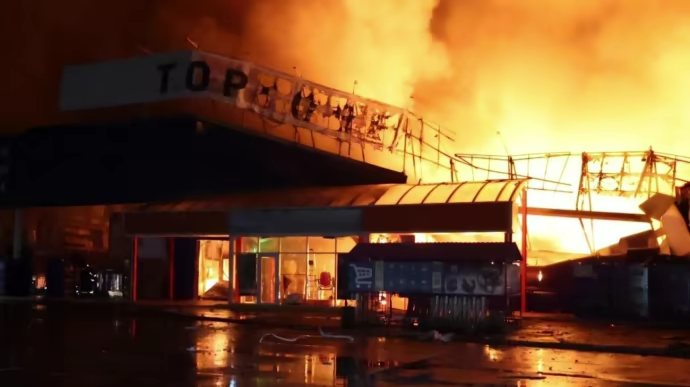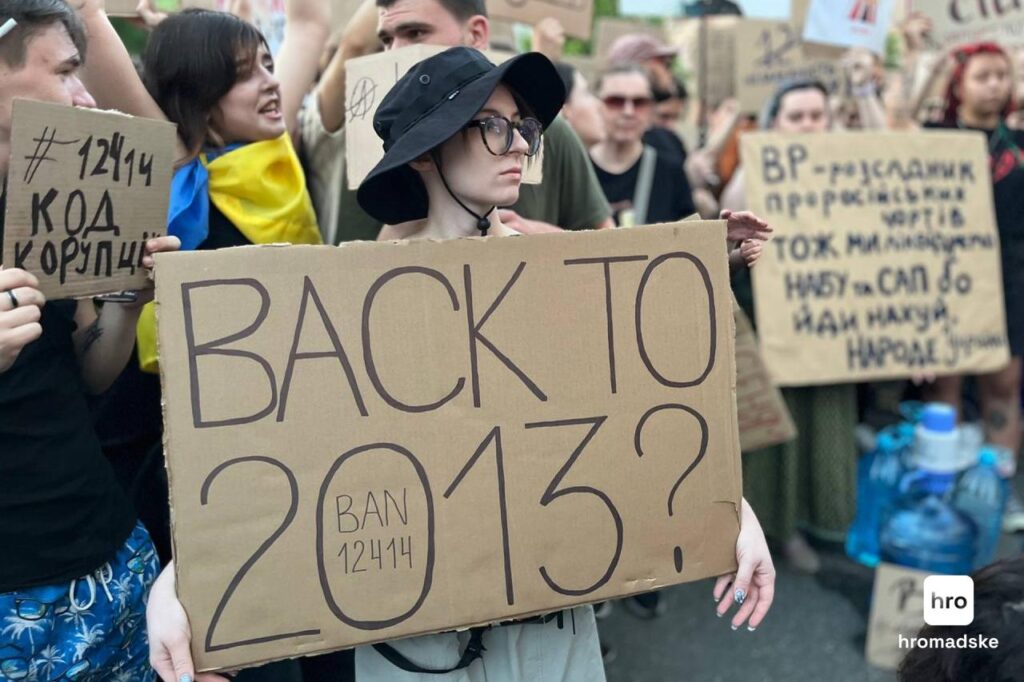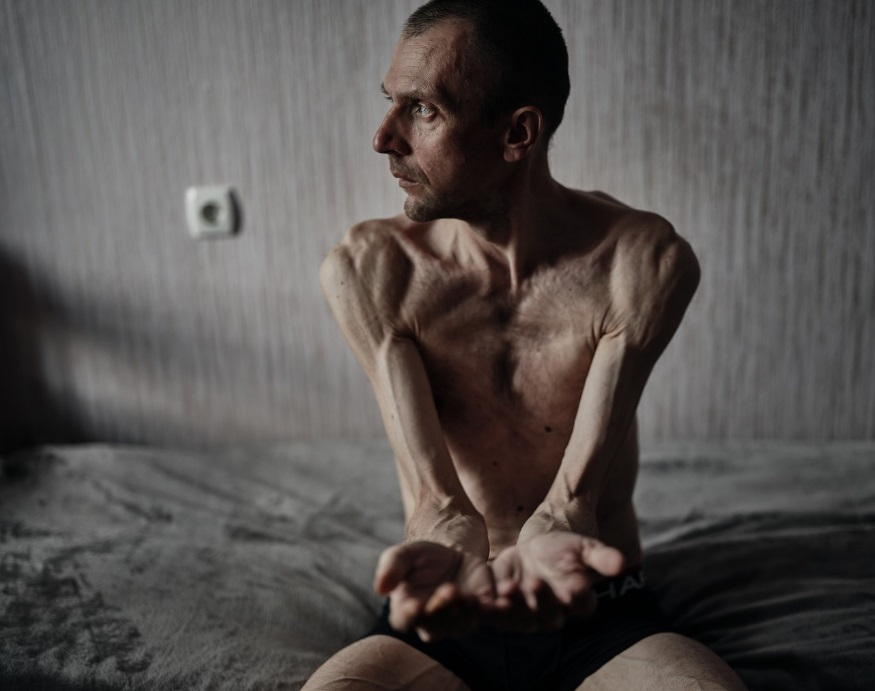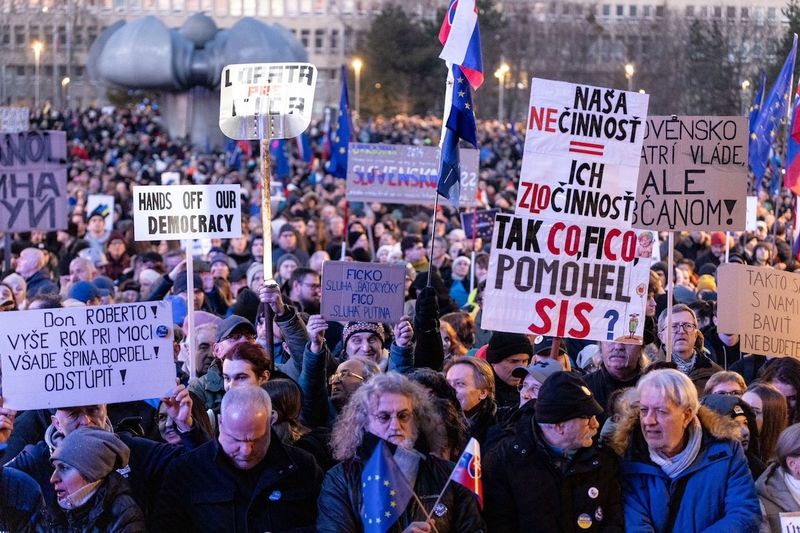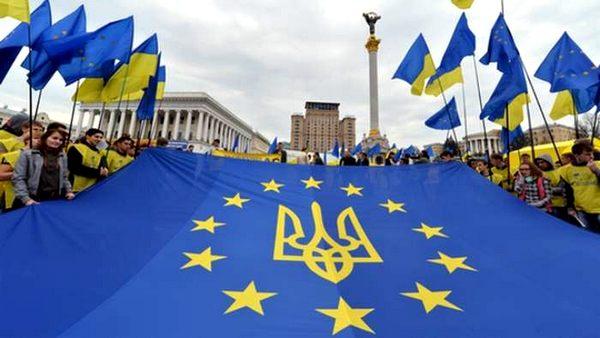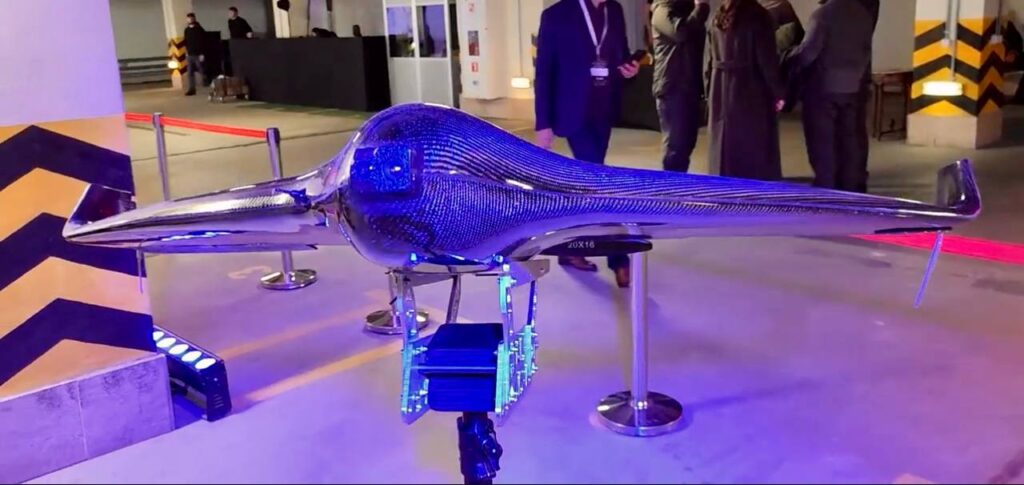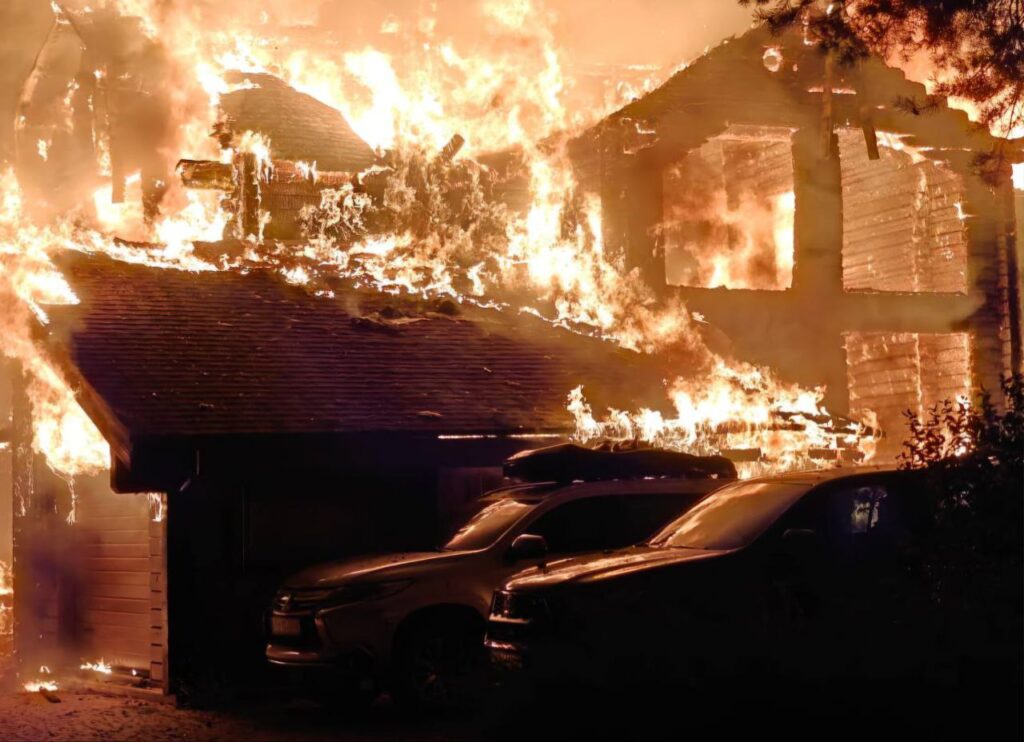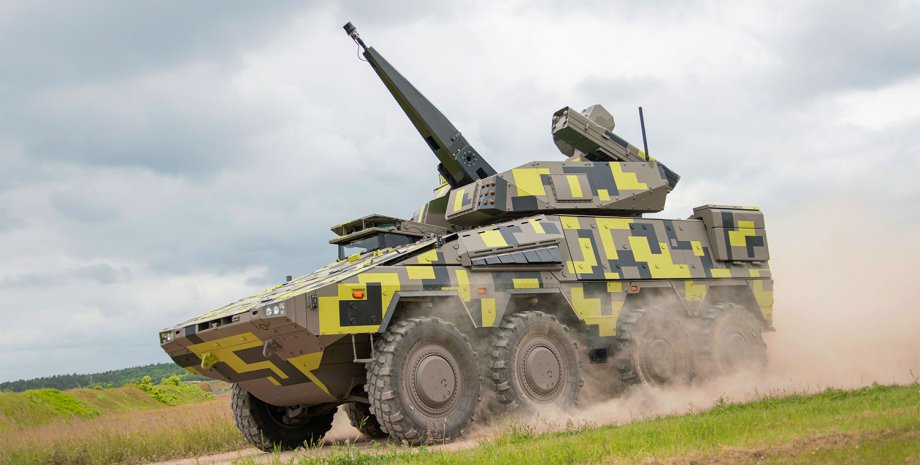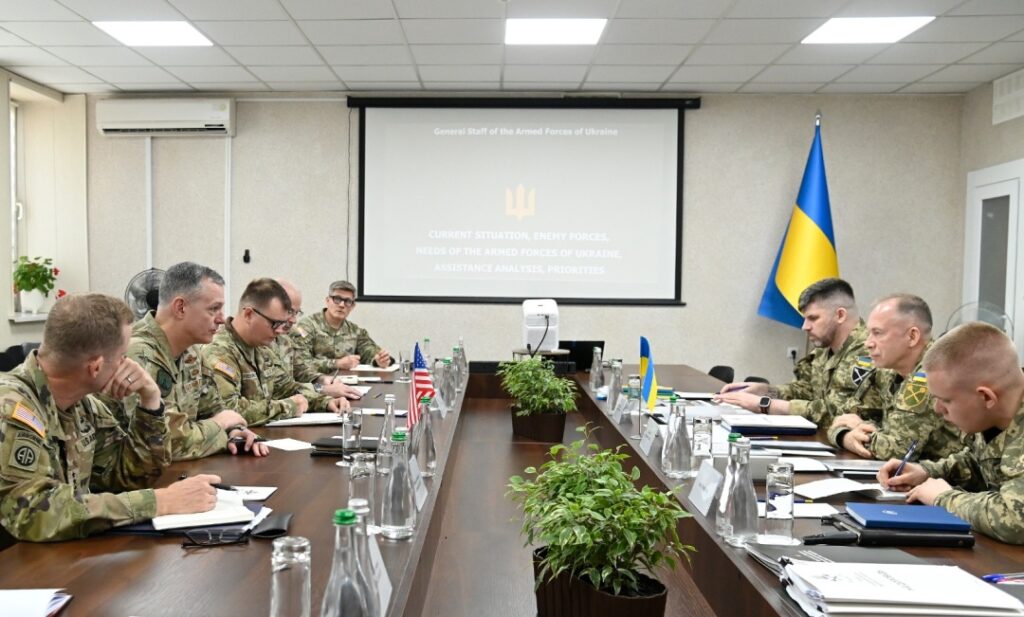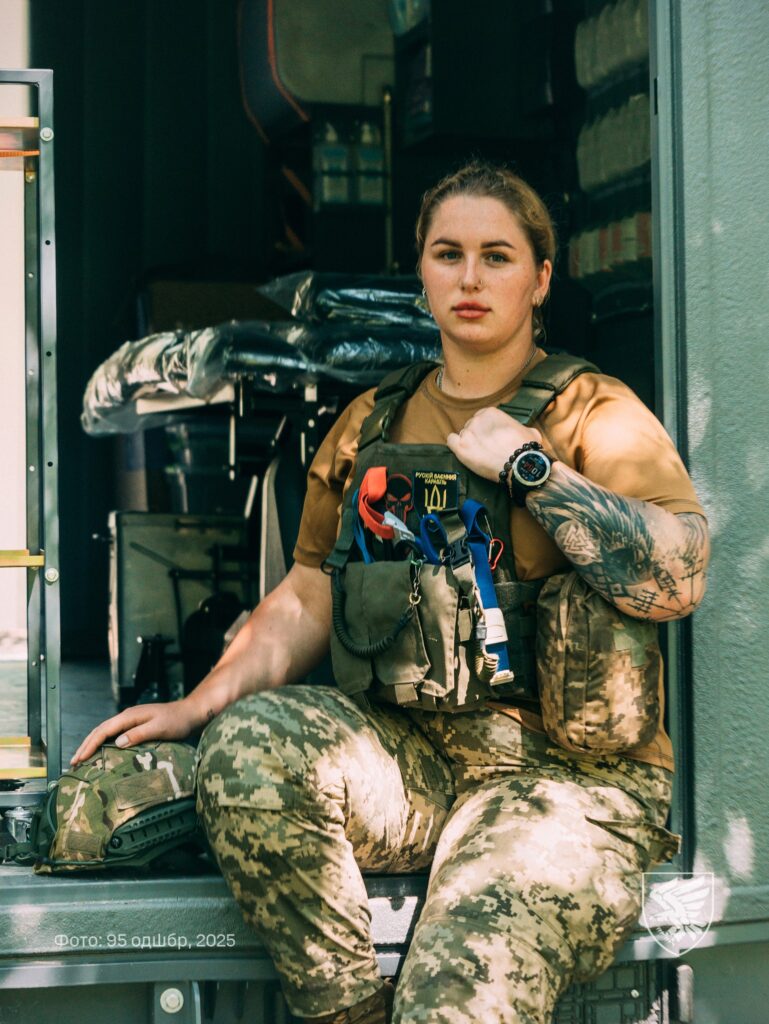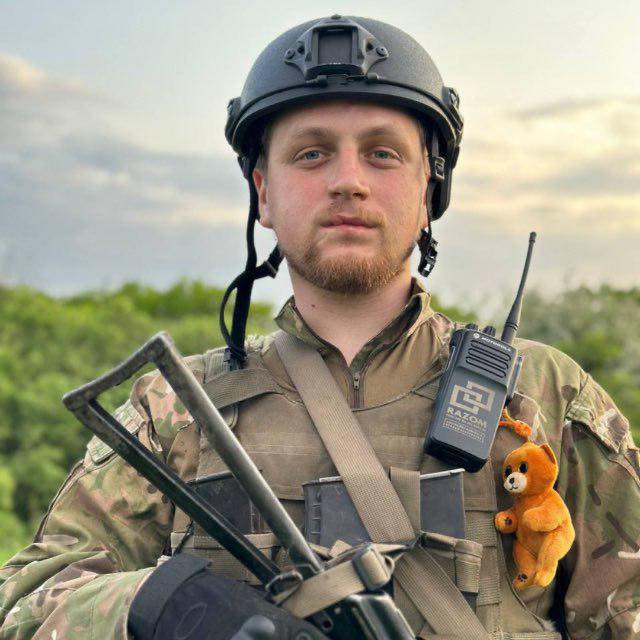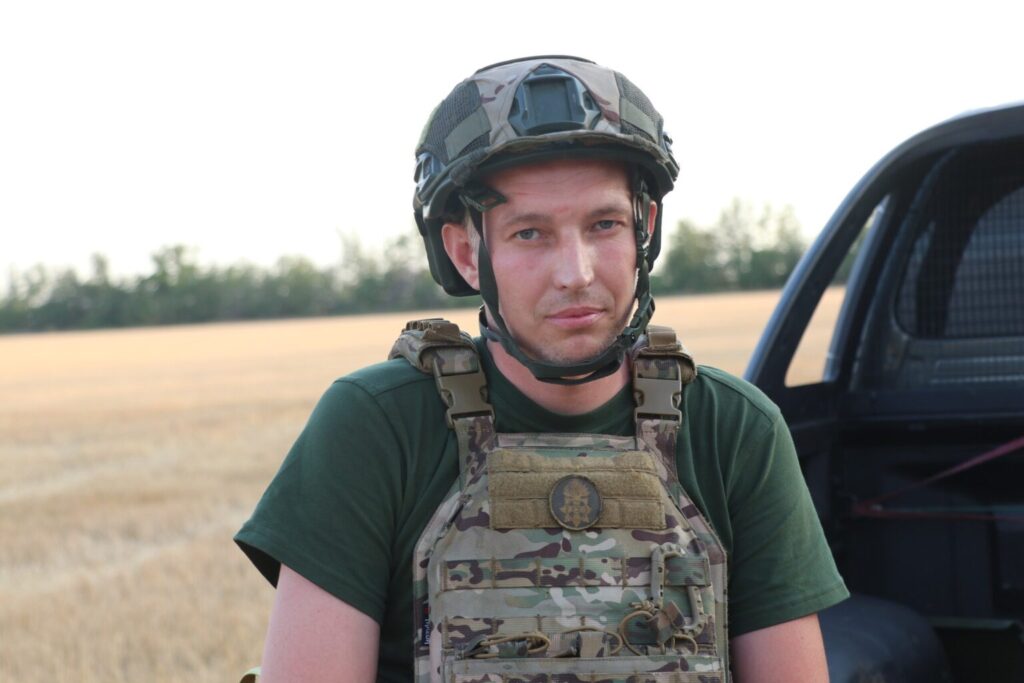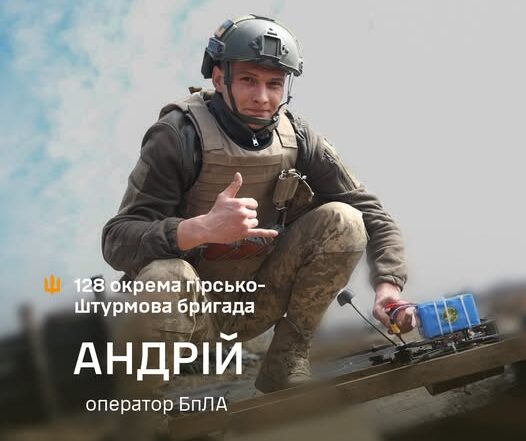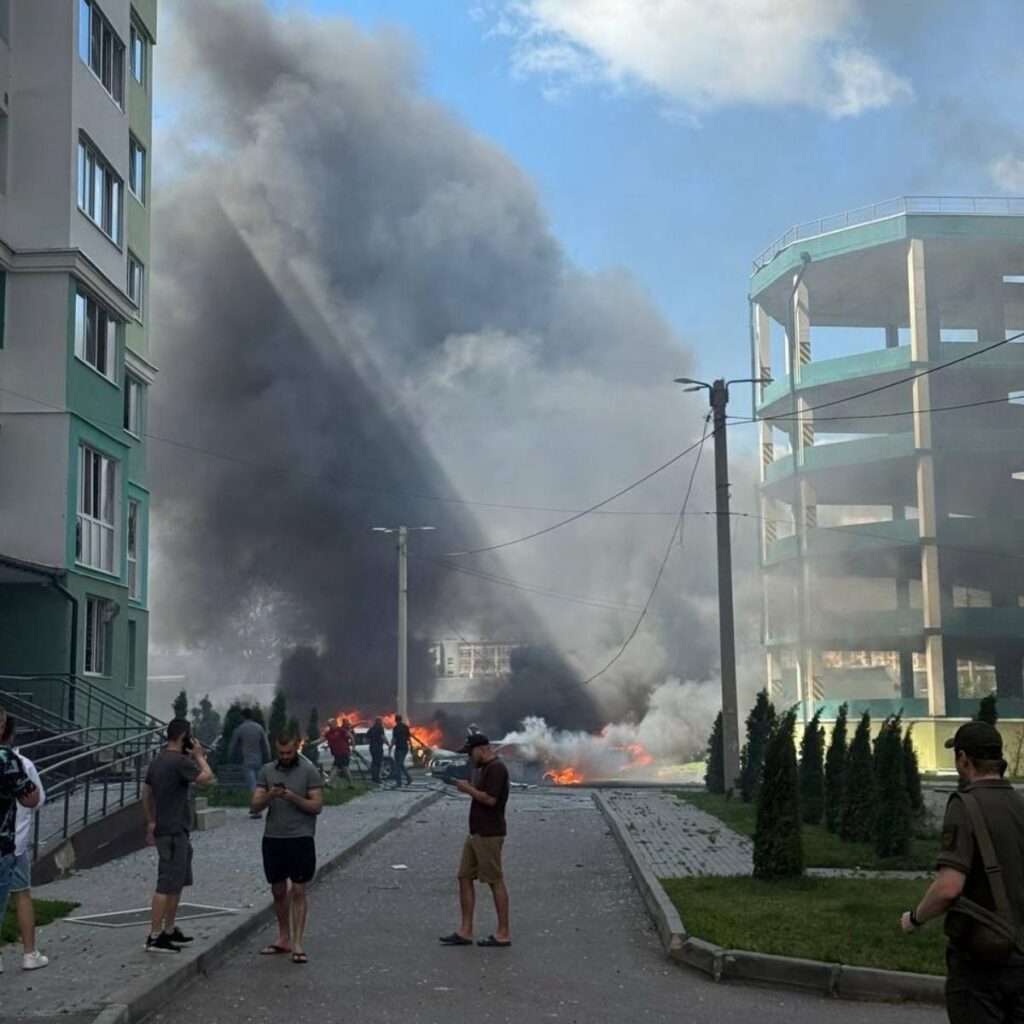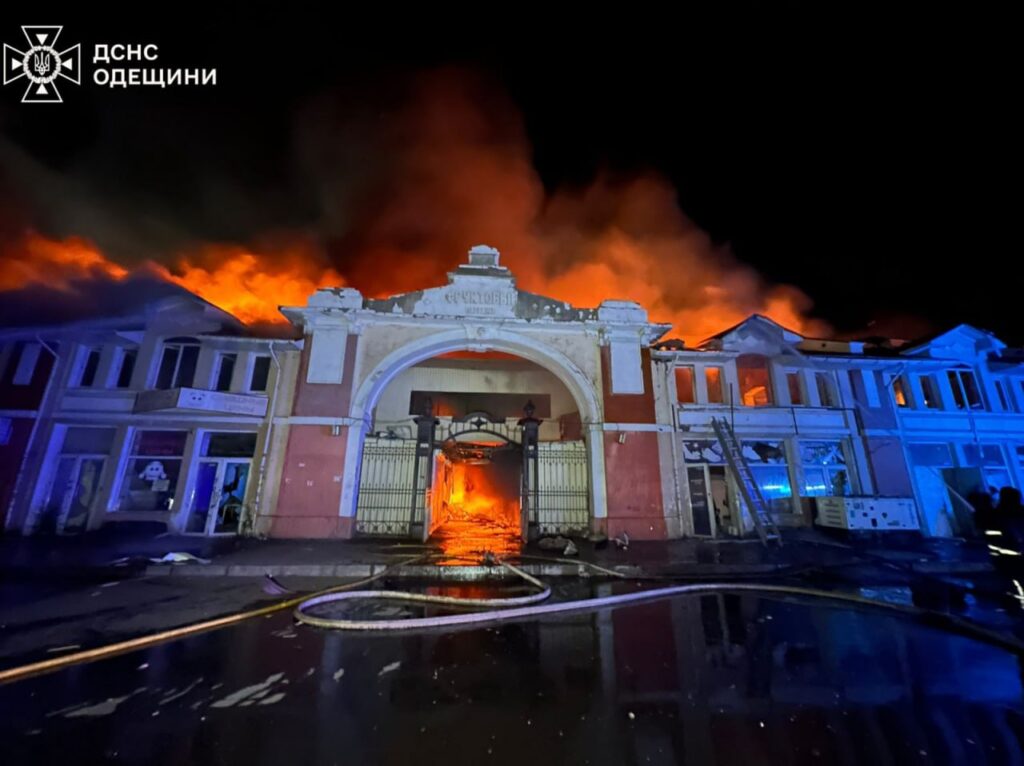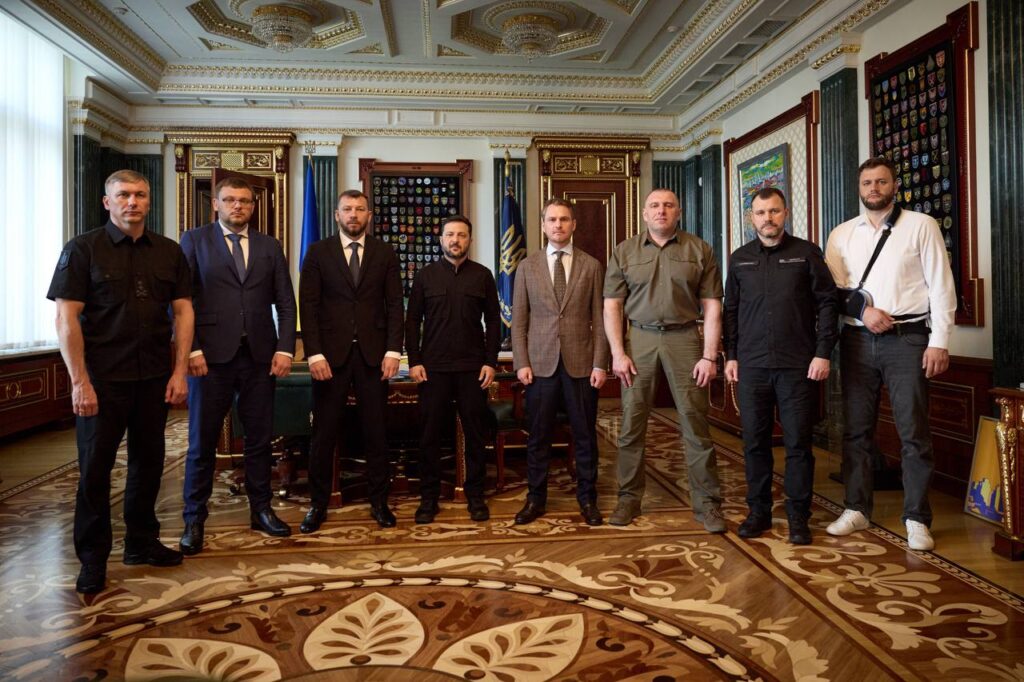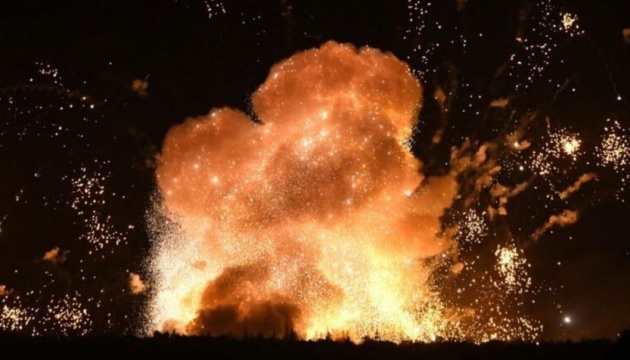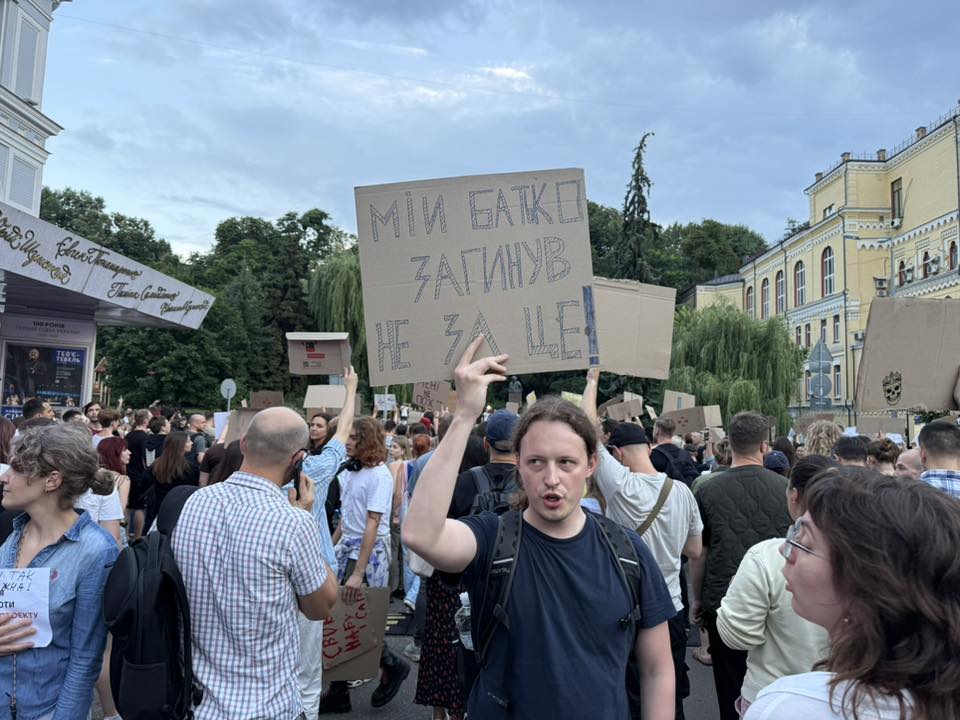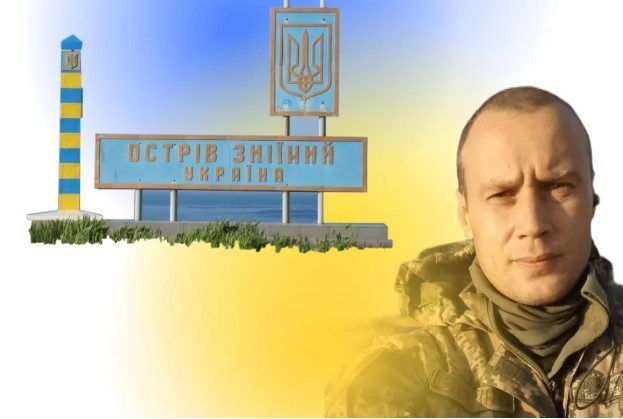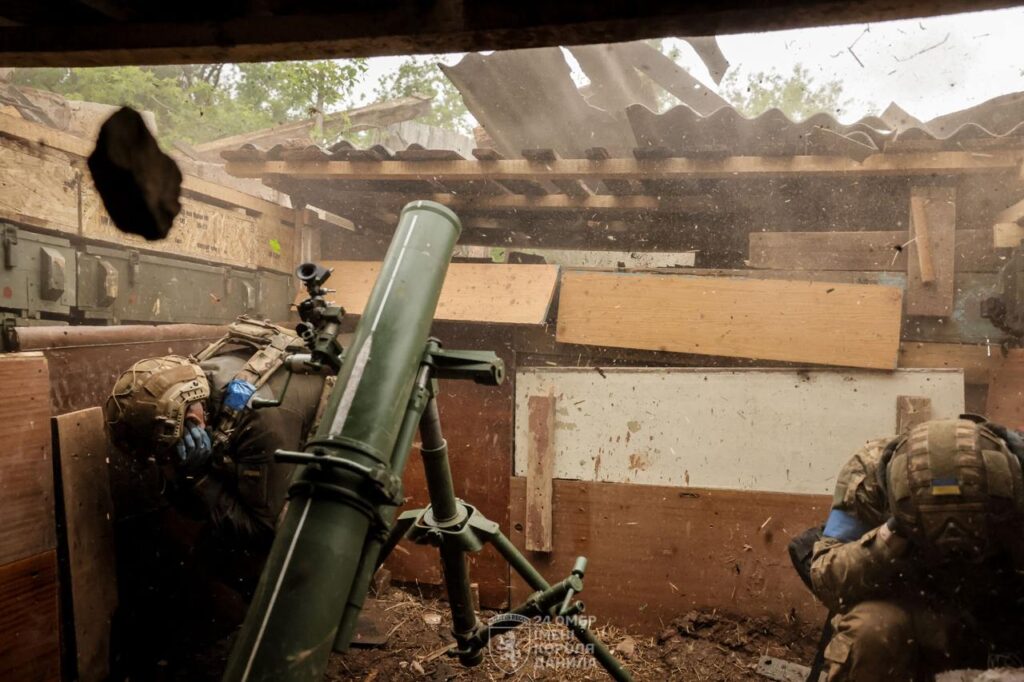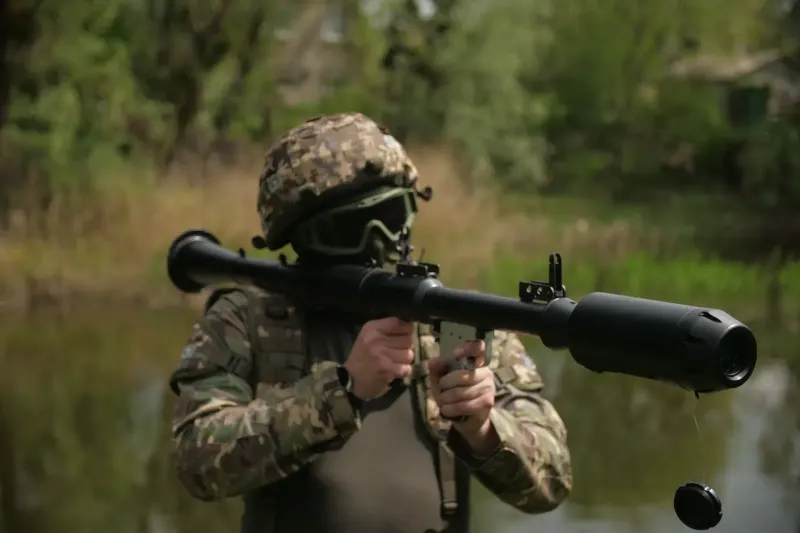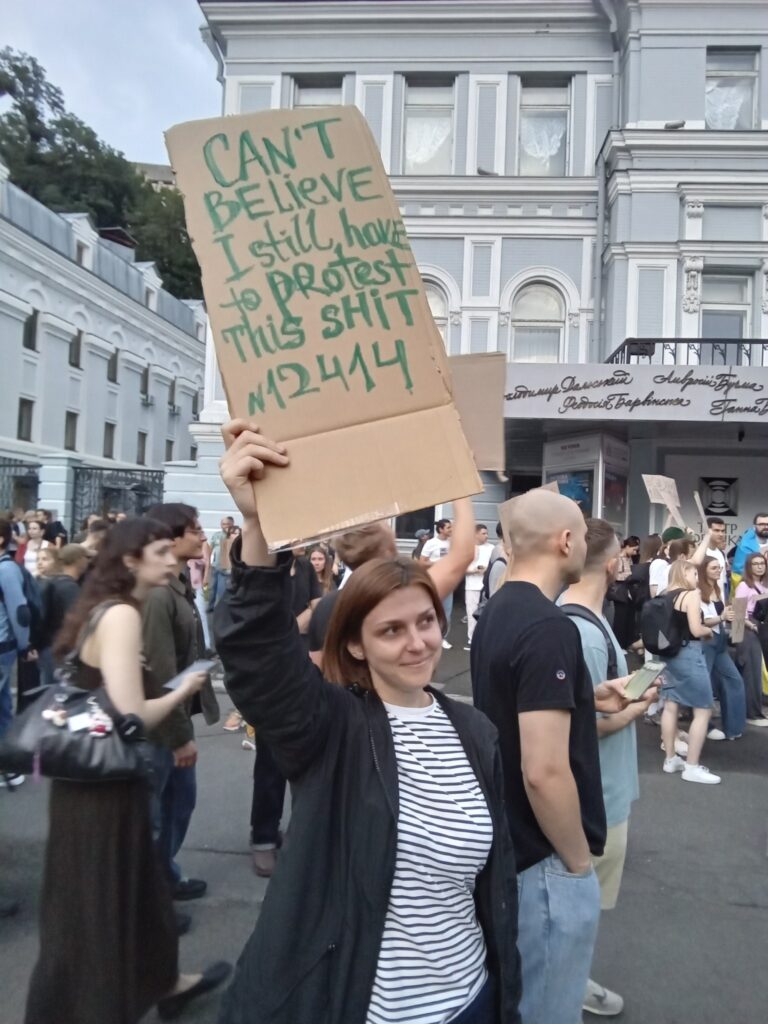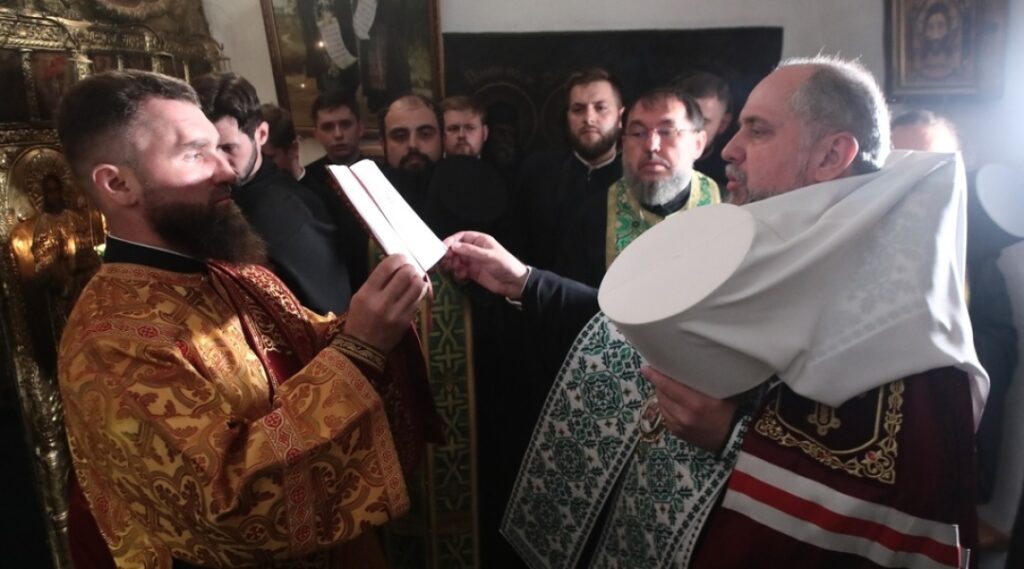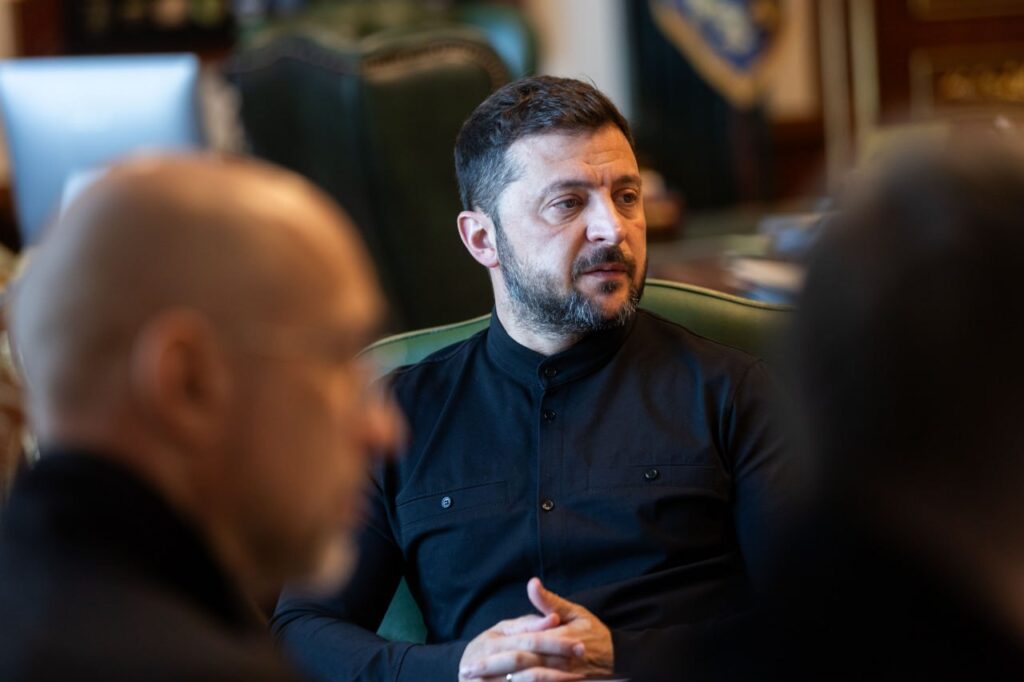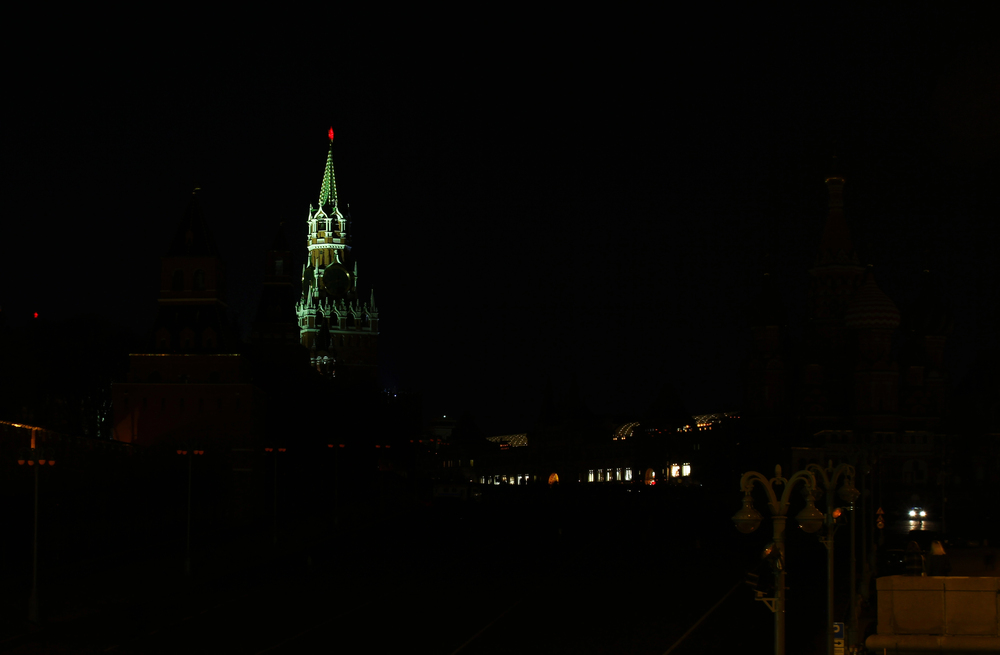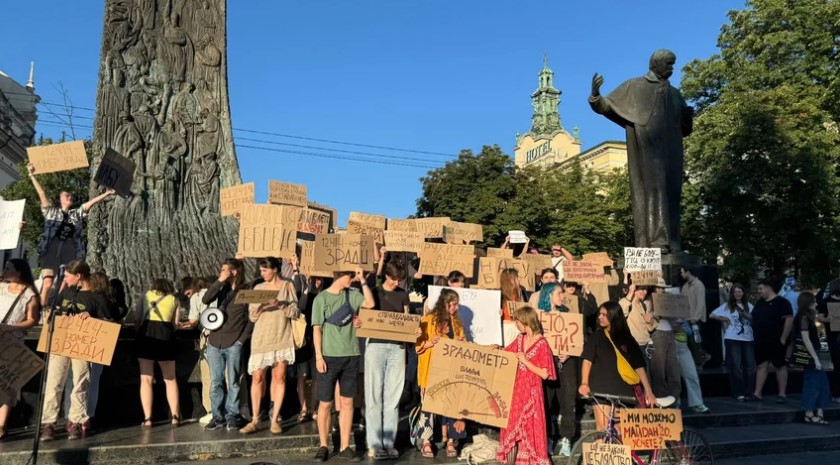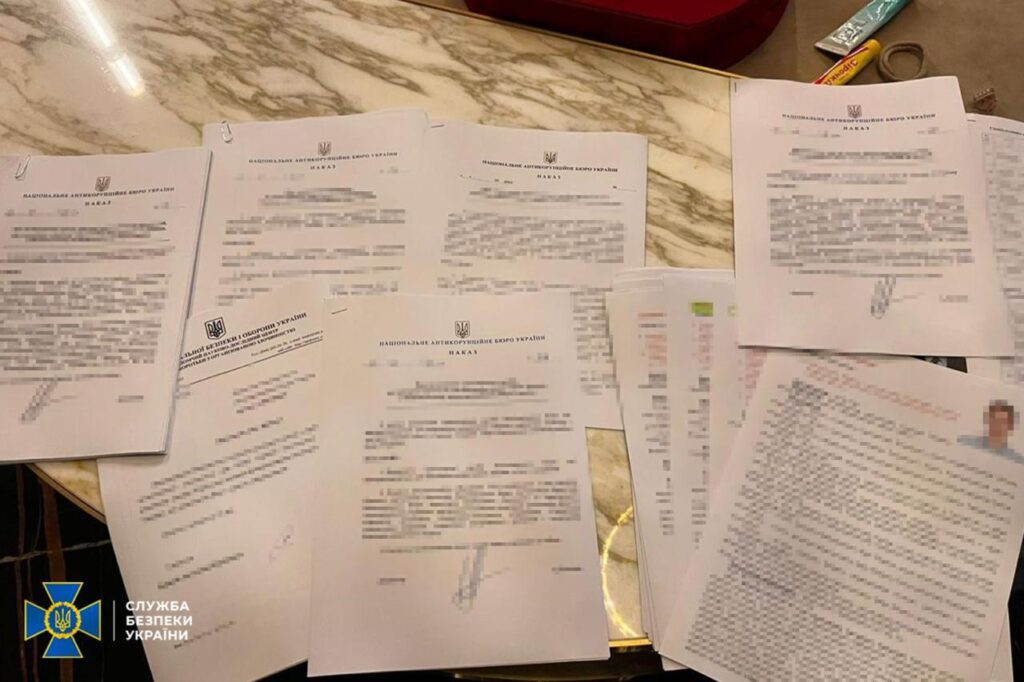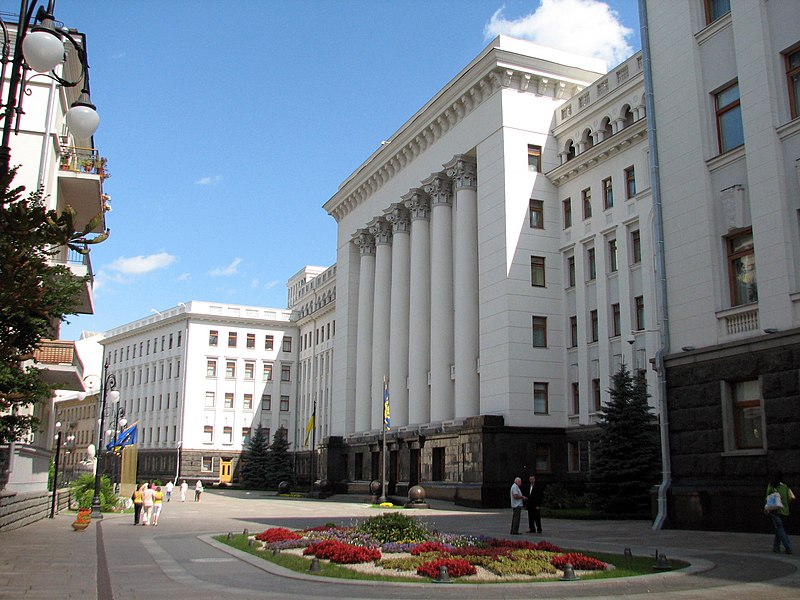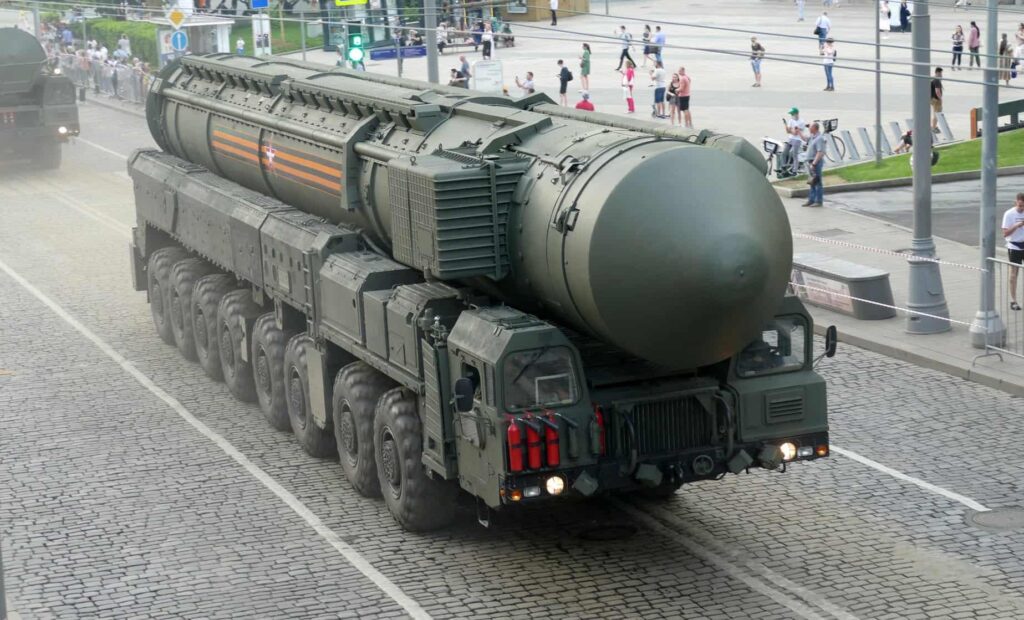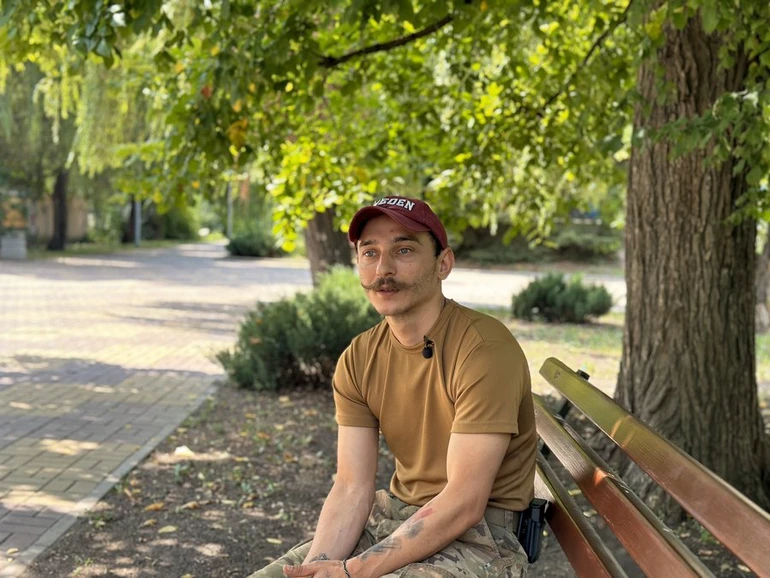
On 28 July, Ukraine marks the Day of Mourning and Remembrance of Defenders who were tortured, executed, or died in captivity, including the Ukrainian prisoners of war (POWs), killed in the Russian terrorist attack in Olenivka.
In 2022, Russia killed 50 Ukrainian prisoners with a thermobaric weapon and, for a long time, spread the false claim that it was done by Ukrainians. Even the UN eventually acknowledged the lie, but only after years.
Russia holds an estimated 8,000 Ukrainian soldiers in captivity. Additionally, around 60,000 Ukrainians are considered missing, many of whom may also be detained in Russian prisons. Over 90% Ukrainian prisoners who return from captivity say Russian guards beat, torture them with different tools, such as electric shock devices. They are deprived of food, water, and sleeping conditions, and forced to sing the Russian national anthem.
Ostap Shved, call sign Ostapchyk, recalls that he left the Azovstal steel plant on 18 May 2022 after months of defending the last Mariupol’s stronghold. Then, he was taken to Olenivka prison in Donetsk Oblast. At first, conditions there were relatively normal, says, Ukrainska Pravda reports. He was placed in Barrack No. 2 with 333 Azov fighters.
“Two days before the explosion, we were told we’d be relocated so they could ‘repair’ that barrack. Then a prison official came and gave a speech, saying we had to stay there to ‘unload’ the prison,” he reveals.
On the first day, searchlights pointed at the barracks all around it, but later, they were removed. On 28 July, someone from the administration brought in two electricians. One began attaching floodlights to the building.
“We were forced out of the barrack, while another administrator went inside. They did something near the electric switchboard and gave us lighting. Some said it was ahead of a prisoner exchange; others — that it was before a transfer to another prison,” he says.
Ukrainian prisoners believe it was exactly when the Russians placed thermobaric munitions inside the barracks to blow them up later that day, and blame Kyiv.
“The ones closest to the blast were torn apart”
That evening, they were ordered not to leave the barracks after 10 p.m. and to go to the toilet only two at a time. After dinner, another prisoner, Kosmos, and he sat outside for a while.
“I couldn’t sleep after lights-out because the hangar was made of metal sheets, it was stifling, and there were no windows. I had been lying with my head against the wall, but turned around because the feet of my comrade above me stank terribly. That move saved my life — the shrapnel hit my legs instead of my head,” Shved explains.
Around 11 p.m., a Grad rocket launcher started firing.
Sved says, “The Russians emptied an entire rocket cassette from the industrial zone. Then came mortar strikes. It was all staged to make it look like we were being shelled by our own side.”
The first explosion went off inside the building, followed seconds later by another. There was a detonation inside. He fell from the second floor and rolled to the side. Everything was burning, and everyone was screaming.
The door was blown out, but the exit was blocked by beds and bodies — the blast had pushed the bunks together. The only window, barred with grates, was shattered, and Ukrainian prisoners began pulling the wounded out through it. He pulled several out and kept returning.
“I ran to Kosmos, shouting ‘Bodia, Bodia!’ But he didn’t respond. That was the first time I froze — he was someone close to me. I kept yelling, and then saw his head was cracked open. The black cap he slept in was soaked in blood and torn…,” Sved says.
At that moment, someone was dragging another guy with both legs shattered. He helped and then ran back for Kosmos, but he was already gone.
“I tried to pull another half-charred guy to safety, but couldn’t manage. The ones closest to the blast were torn apart. There was a bunk bed by the exit, and the guy on the top bunk was ripped in half. His lower body was still on the bed, the upper part below, intestines connecting the two. I’ll never forget that,” the Ukrainian prisoner recalls.
“Some were already rotting”
Other Azov soldiers dragged the wounded to the alley near the entrance. No aid was given. When they reached the fence, the Russians threw a flashbang and fired into the air. Only one Spetsnaz officer threw us a med kit. It had two Israeli bandages, one pair of scissors, and an Esmarch tourniquet. Sved cut the tourniquet in half and applied it to two fighters.
“We tore our shirts, tried to stop the bleeding while the prison chief drank coffee, smoked, and watched us die. After an hour and a half, the Russians threw us a sack of torn sheets and a few bottles of water,” he says.
Around 5 a.m., they let in POW medics from the 555th hospital. They had a few CAT tourniquets, bandages. Some guys had already died from a lack of qualified help. Azov soldiers dragged the dead under the fence.
“One of our guys was severely wounded. His head, torso, and abdomen were penetrated, and his limbs were shredded. When I came to check if he was alive, the prison chief said: ‘Ah, this one’s dead? Good.’ And continued sipping coffee,” Sved explains the attitude of Russian guards.
Around 7 a.m., Ukrainian prisoners said trucks were coming. They began loading the severely injured into a Kamaz truck. The trucks filled up fast, so they had to stack people on top of each other.
Russian medics were at the prison, and medical vehicles were parked there all night, but they received no help.
Shved returned to the barracks and saw no signs of an external strike. The walls had no shrapnel marks, and the roof was blown outward, not inward. The prisoners were taken to solitary confinement. The cell had 35 men, all with shrapnel wounds.
Azov soldiers were covered in blood. Some were already rotting. Shved had a hole in his leg that wouldn’t heal, and glass was stuck in his foot.
Female medics in solitary confinement arranged with guards to let the Ukrainians bathe so they could dress their wounds. On day five, some Donetsk doctors came and removed the shrapnel.
Some guys were taken for interrogation.
“When Steven Seagal came (the pro-Putin American actor), the Russians said: ‘We need lively ones.’ They picked the least wounded and guys with tattoos to parade them on camera as Nazis,” Shved says.
Every evening, he heard other prisoners being tortured in the corridor. They didn’t touch Olenivka prisoners, as apparently, there was an order not to harm the survivors from Barrack 200. But at 4 a.m., they would hear duct tape being unrolled. The Russians used it to bind prisoners so they couldn’t scream. Then came the groans.
“They hung me, doused me with water, electrocuted me, and threatened me with rape”
On 26 September, Shved and other Ukrainian prisoners were moved to Russia’s Taganrog.
When the Kamaz arrived at the detention center, Russians blasted loud music. A bunch of guards screamed: “You bitches, get out!”
“As we climbed out, they yanked us by the legs and beat us. It went like this: You jump from the truck, and they beat you mid-air with clubs. You fall — they beat you on the floor. The second group of guys was thrown right on top of us,” he says.
Shved spent a year in Russian captivity.
“The day before the exchange, they took me to the torture room again. They hung me, doused me with water, electrocuted me, and threatened me with rape. One guy started slicing my ear with a blunt knife. They beat me for hours, then dragged me back and told me to clean up because I was filthy from rolling on the floor,” he recalls.
Not even 20 minutes later, they opened the cell: “Get out.’ I thought it was back to torture, but we turned into a different corridor.”
In 2023, he arrived on Ukrainian territory. Shved recovered and returned to fight, as it was only the desire for revenge that helped him survive. He adds, “If you just stay home, you’ll lose your mind.”
You could close this page. Or you could join our community and help us produce more materials like this.
We keep our reporting open and accessible to everyone because we believe in the power of free information. This is why our small, cost-effective team depends on the support of readers like you to bring deliver timely news, quality analysis, and on-the-ground reports about Russia's war against Ukraine and Ukraine's struggle to build a democratic society.
Become a patron or see other ways to
support.
